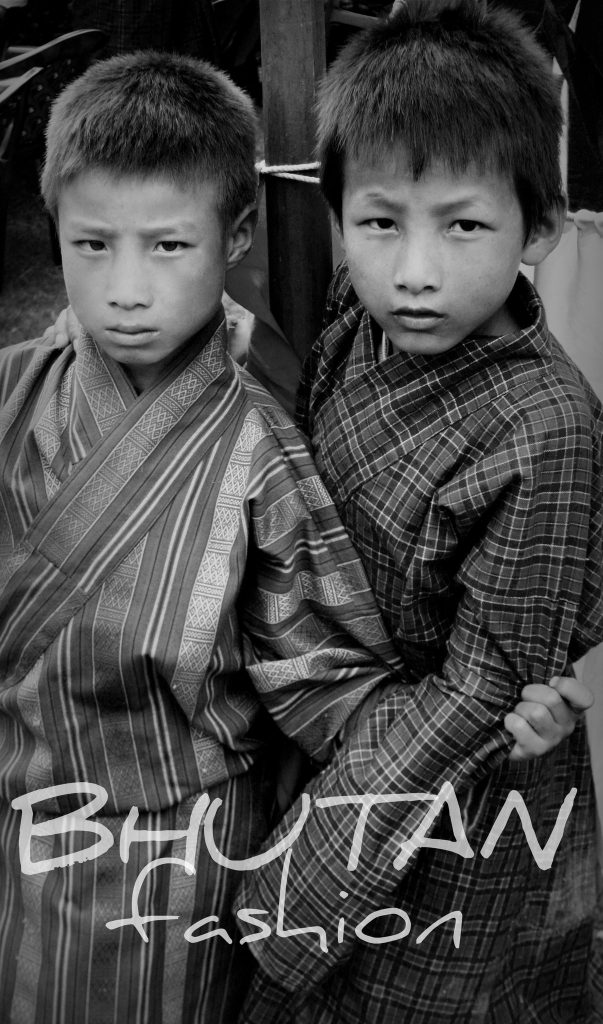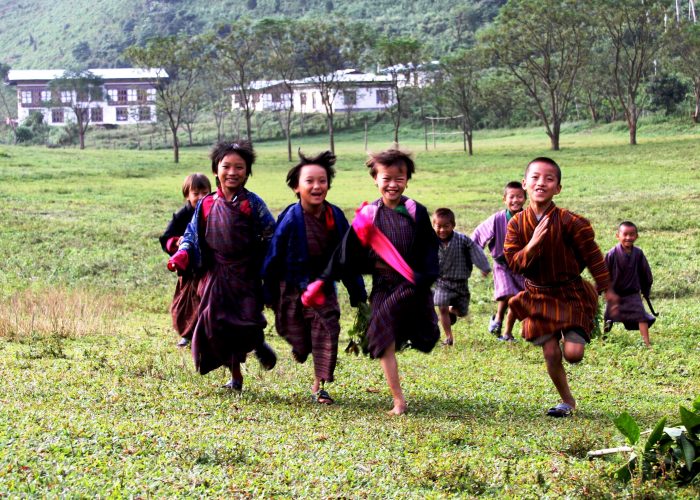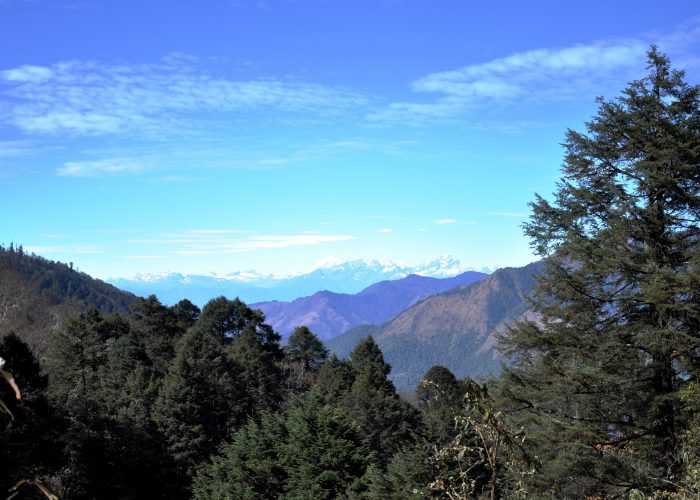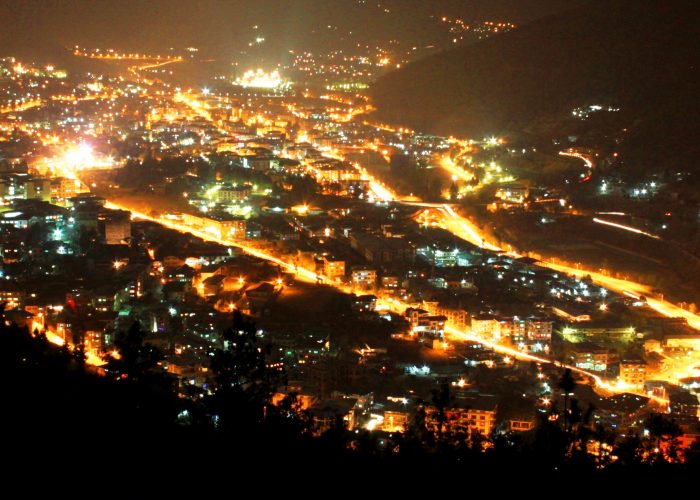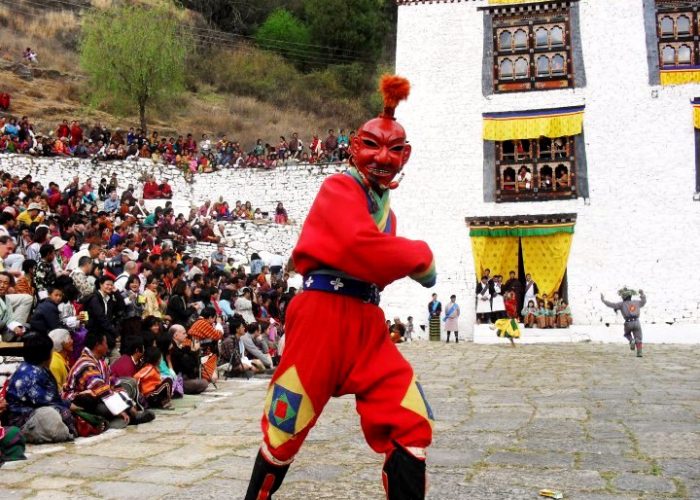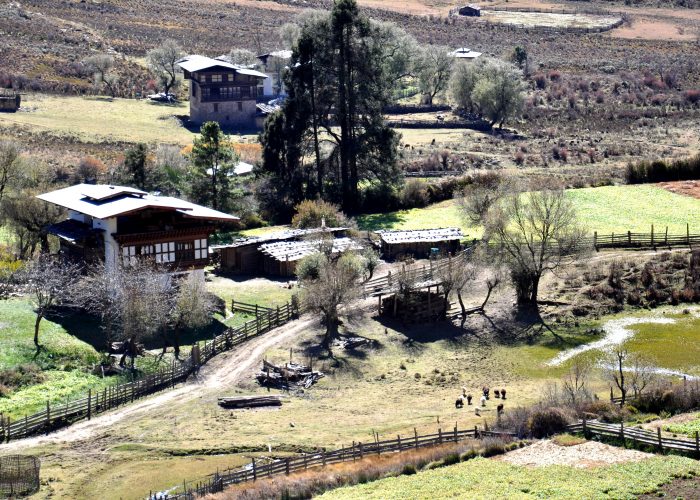Although archaeological evidence show the presence of early stone implements dating back to as early as 2000 BC, the documented history of Bhutan begins in the 8th Century with Guru Rinpoche’s legendary flight from Tibet to Bhutan in 747 AD on the back of a tigress. The revered Buddhist Master is credited with spreading Buddhism in Bhutan and often referred to as the Second Buddha. Some of the most sacred religious sites in Bhutan are those established by Guru Rinpoche, including Kujey Lhakhang and the world-famous Taktsang (Tiger’s Nest monastery).
Zhabdrung Ngawang Namgyel, a great leader of the Drukpa Kagyu school of Mahayana Buddhism is believed to have first unified the country in the 17th century. After arriving in Bhutan from Tibet in 1616, he consolidated his power by defeating three Tibetan invasions and establishing a comprehensive system of law and governance. He is responsible for constructing majestic dzongs (fortresses) in several valleys of the country that continue to serve as religious and administrative centers of the region.
 After Zhabdrung’s death, the country fell into a state of civil war with various factions fighting for power. This continued until Trongsa Poenlop Ugyen Wangchuck was able to overcome his rivals, unify the country once more, and establish himself as Bhutan’s first hereditary King. In 1907, with support of the people, His Majesty Ugyen Wangchuck became the first Druk Gyalpo (Dragon King).
After Zhabdrung’s death, the country fell into a state of civil war with various factions fighting for power. This continued until Trongsa Poenlop Ugyen Wangchuck was able to overcome his rivals, unify the country once more, and establish himself as Bhutan’s first hereditary King. In 1907, with support of the people, His Majesty Ugyen Wangchuck became the first Druk Gyalpo (Dragon King).
In 2008, Bhutan enacted its Constitution and peacefully transitioned to a Parliamentary Democracy by holding its first round of general elections. In the same year, the present king, fifth Druk Gyalpo Jigme Khesar Namgyal Wangchuck was crowned.


